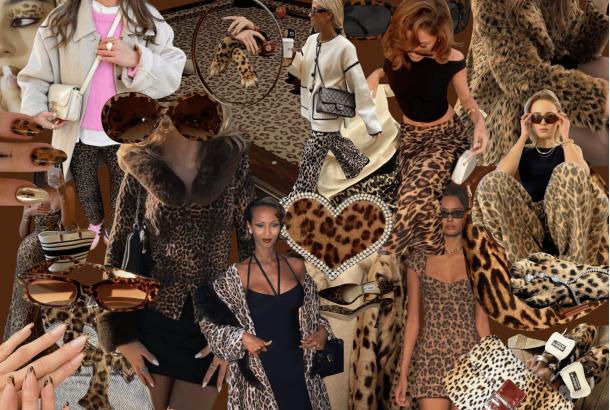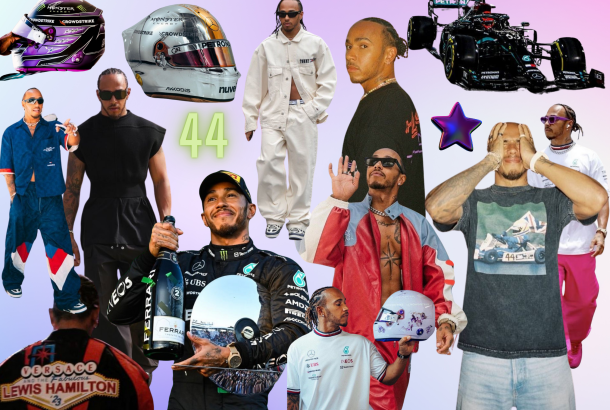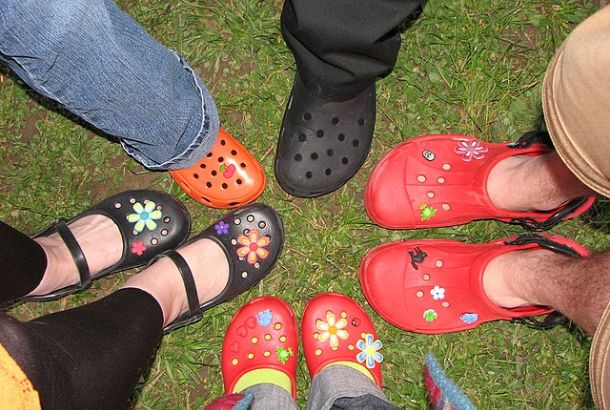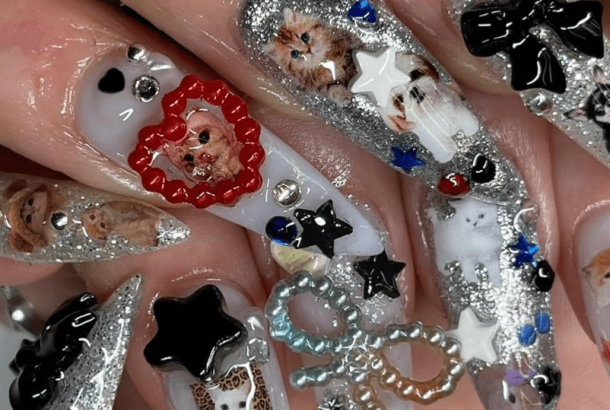Drag Queens: The underdogs of the beauty industry
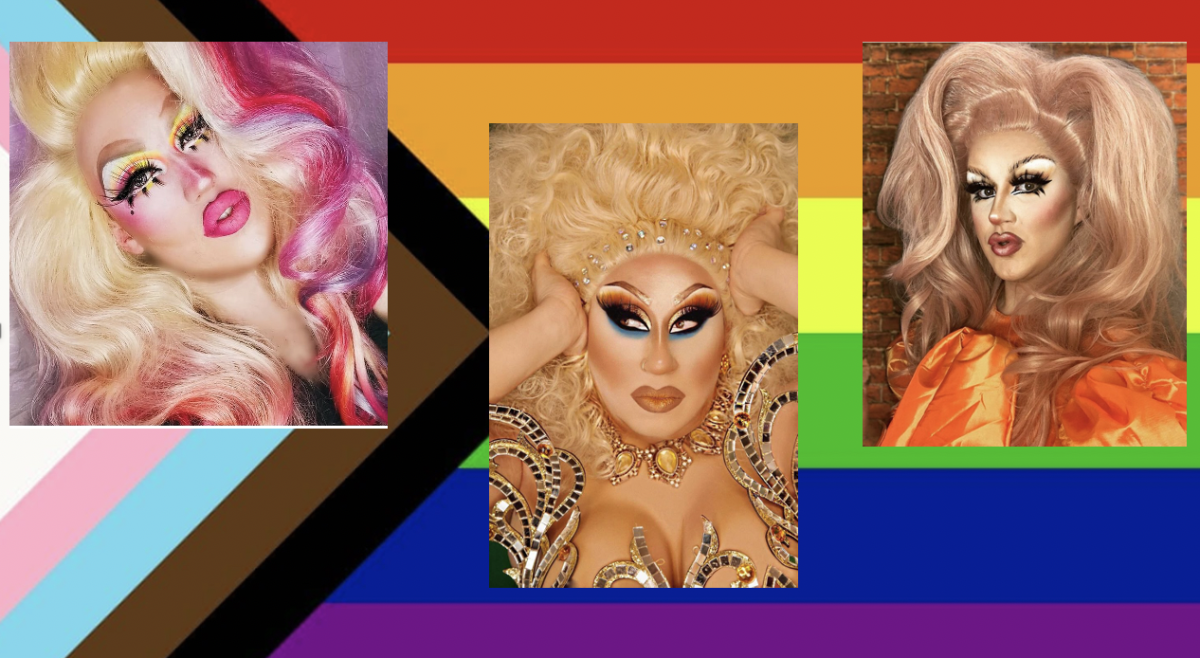
Drag queens are the creative geniuses behind so many modern makeup trends. Cut crease eyeshadow, thick ombre eyebrows, highlighter, false lashes, contour, baking, overland lips… the list goes on. That being said, queens definitely do not get the recognition they deserve for their influence on the beauty industry.
Drag makeup has become truly democratised. This is thanks to the rise of YouTube tutorials and, later on, endless amounts of information and inspiration across social media platforms. Most influencers who promote these looks usually forget to credit the drag community. Or, they are simply unaware that they are essentially doing ‘baby drag’.
We asked three fabulous up-and-coming Drag Queens – Doll Face, Lucy Caboosi, and Candy Heals – about how they got into drag, their opinions on the influence of drag on mainstream style and media, and the future of drag.
There are a plethora of ways to break into the drag scene. The interest maybe sparked at a young age as an extension of the theatre, like Lucy Caboosi. Or later on, through Rupaul’s drag race, like Doll Face. Drag is a passion that allows people to feel more in touch with their true selves, through the construction of a hyper-feminine alter ego.
However, drag is more than mere dress-up. It can also pull you out of your darkest moments. For Candy Heals, Drag was a form of therapy:
“I had depression, and noticed that makeup helps me feel better. You get lots of compliments which feels really nice when you’re lacking confidence, so I started performing”.
Candy Heals

Drag is about transformation. Candy describes it as a “switch into a glamorous, popular, bubbly, and funny character called Candy”.
The hair and makeup process allow them to shift into their character. “There’s always a point of no return before lashes, where you look at all this contour and colour and rethink your life choices. But then you pop on some lashes and a wig, and you’re the most beautiful woman to ever live!” says Lucy.
Before the rise of YouTube, young drag queens would learn the art through word-of-mouth. They would usually pick up the tricks of the trade in the changing room through ‘drag mothers’. Nowadays, drag queens are often mostly self-taught, with the help of an abundance of tutorials available on YouTube.
Candy learned to style her wigs from her flatmate, whom she watched until she gave it a go herself. Makeup was a natural evolution from her artistic endeavours: “While other kids were playing football and/or with Barbies, I was drawing constantly. Then I started drawing on my own face”.
Drag makeup is obviously very different from looks such as the ‘natural French beauty look’. Instead, drag draws from traditional theatre makeup. This is where features had to pop under the harsh lights, so that the actor’s expressions could be seen all the way to the backseats.
Drag makeup is shape-shifting. Just as in theatre – where an actor is made to look older, younger, or evil, with exaggerated lines or huge arched brows – drag queens skilfully layer makeup to transform their natural faces into a hyper-feminine charicature.
“Unless you have a really feminine face, traditional makeup isn’t going to work. You have to do corrective underpainting. I’ve been working on my facial development for years, and only recently feel like I’ve cracked the mug!”
Lucy Caboosi
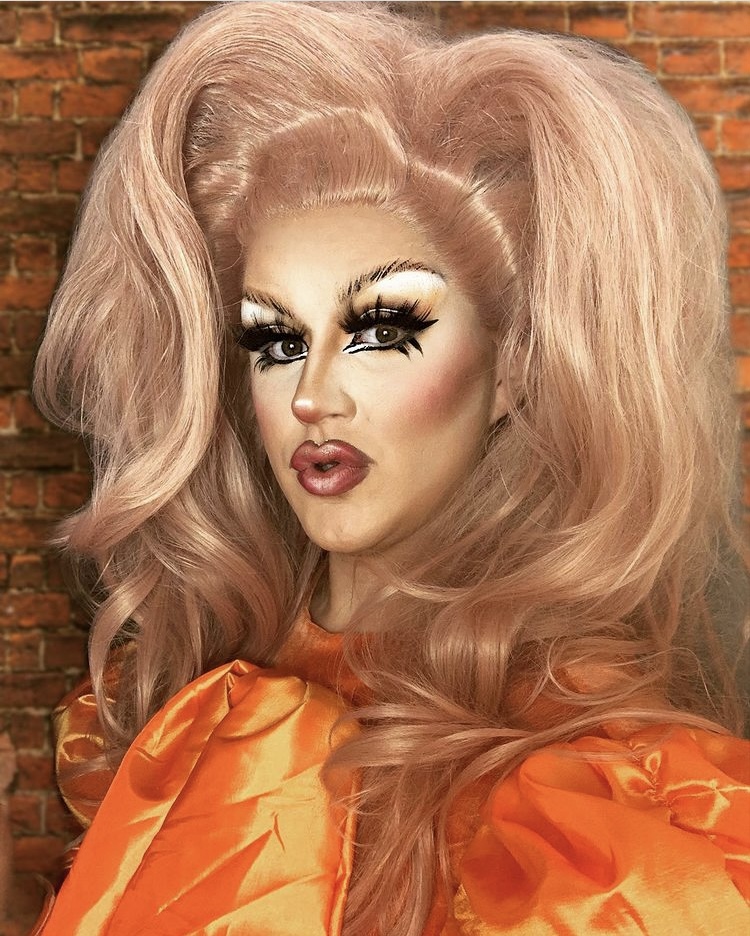
It would be impossible to talk about drag without acknowledging the influence of Rupaul’s Drag Race. Since its launch in 2009, the show has pushed drag onto the mainstream, revealing the money-making possibilities of drag, and ultimately triggering the global obsession that we see today.
“All styles of drag have benefited from the show, not just queens, but drag kings and in-betweens! The demand and interest have increased. As have the expectations and requirements” explains Lucy. The show has also blurred the lines of drag itself. By showing off a wide variety of drag looks, it allows queens to develop a broader spectrum of identities.
Even though recognition of the influence of drag in the fashion and beauty industry is increasing, and Drag Queens are now truly part of mainstream entertainment, their contributions to modern style still get overshadowed by influencers such as the Kardashian-Jenner family.
In 2012, when Kim K posted her contour before and after pictures, the internet went wild. Yet, Drag Queens had been using these techniques for decades. Promoting a full, over-lined lip look, Kylie Jenner launched her famous lip kits in 2015, which were in fact a corner-stone of the drag look.
Overall, the queens I spoke to are very hopeful about the future of drag. According to Lucy Caboosi, “Thanks to the rejuvenation of drag in the UK and on social media, the demand for and exposure of drag will be like never before”. There is, however, still room for progress for drag content in popular media. “I’d love more drag queens in the public media, movies, and series. We’re not only good at reality and makeover shows” says Candy.
The pandemic has also emphasized the problems that previously existed in drag. Doll Face observes:
“This pandemic has shown how disposable drag performers truly are. So while we have grown into mainstream icons, we are still quite heavily disregarded financially.
Thankfully the support from those who do appreciate what we do and our will to survive has led to the emergence of solutions such as digital shows.”
Doll Face

In recent years, drag has emerged like a butterfly from the chrysalis of underground clubs. It is taking its rightful place in the hearts of the general public. With the raging popularity of this year’s UK Drag Race season, and the increasing awareness of the contributions that drag culture made to modern beauty, I have hope that the drag scene will be thriving again, once the pandemic ends.
